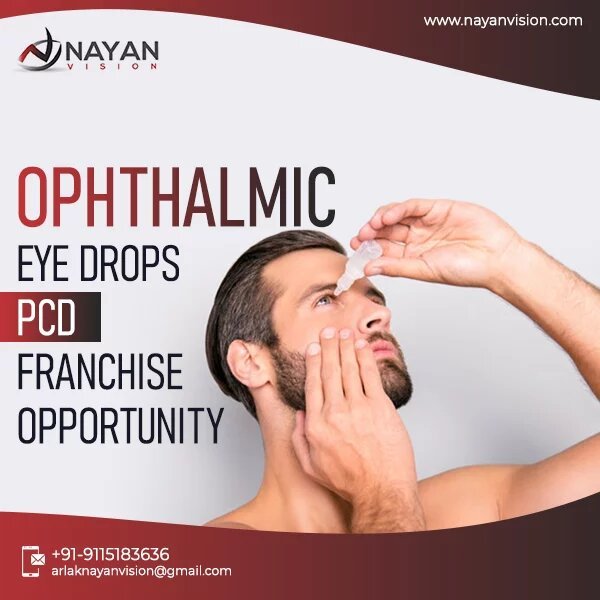Tips to protect your eyes from Conjunctivitis

Tips to protect your eyes from Conjunctivitis - Monsoon brings along several allergies and infections. It is common to catch flu and eye infections that can be uncomfortable and inconvenient, causing symptoms like redness, pain, discharge, and increased sensitivity to light.
Conjunctivitis, also known as pink eye, is a common eye infection characterized by inflammation of the conjunctiva, the inner lining of the eyelids. It can be caused by viruses, bacteria, fungi, or chemical irritants. This type of eye infection is highly contagious, so taking precautions to prevent it is essential. In this article by Nayan Vision, we will discuss highly effective tips to protect your eyes from conjunctivitis and maintain good eye health.
An Overview of Conjunctivitis and Its Various Types
Poor hygiene and seasonal allergies can lead to conjunctivitis causing pink discoloration in the eyes. The main cause of eye infection is an inflammation of the conjunctiva, the thin and transparent tissue that covers the front surface of the eye and lines the inside of the eyelids. Several factors can lead to conjunctivitis such as viruses, bacteria, allergies, irritants, and underlying health conditions. Different types of conjunctivitis are seen with distinct causes and symptoms.
Bacterial Conjunctivitis: Several bacteria such as Staphylococcus aureus or Streptococcus pneumonia, are responsible for causing bacterial conjunctivitis. Doctors usually prescribe antibiotics to treat this eye infection
Irritant Conjunctivitis: Exposure to the irritants present in the environment such as smoke, pollution, chlorine, or foreign objects can also cause inflammation in the eyes. The symptoms can appear as redness, tearing, and itching.
Giant Papillary Conjunctivitis (GPC): This type of eye infection is caused due to improper contact lens wear. In this eye infection large bumps (papillae) are formed on the inner surface of the eyelids.
Highly Effective Tips to protect your eyes from Conjunctivitis
Prevention is always better than cure. Instead of spending money buying expensive medicines, you can prevent conjunctivitis altogether with these tips. Strictly following the tips mentioned below you can significantly reduce the chances of conjunctivitis affecting you or your family members. Browse through the list below to learn more about the tips to protect your eyes from conjunctivitis.
Avoid Sharing Personal Items
Pink eyes is a contagious infection and it can easily transmit from an infected individual to another person. Do not share towels, pillowcases, makeup, eye drops, or contact lenses with others. Sharing these items can increase the spread of infection.
Wash Your Hands
Our hands come in contact with many objects making them a breeding ground for many infection-causing bacterias and viruses. Make it a habit to timely wash your hands and especially after touching your face, using the bathroom, or coming into contact with potentially contaminated surfaces.
Avoid Touching Your Eyes
Many people have a habit of constantly touching their eyes. Refrain from touching your eyes with your hands. This can help prevent the transfer of bacteria and viruses from your hands to your eyes.
Practice Contact Lens Hygiene
People who wear contact lenses should follow proper hygiene practices such as washing their hands before handling lenses, using appropriate lens cleaning solutions, and storing lenses properly.
Maintain Clean Environments
Keep your living and work spaces clean and well-ventilated to reduce the presence of allergens, irritants, and potential sources of infection.
Clean Eyeglasses
Over time eyeglasses can accumulate a lot of germs and dust. Clean your eyeglasses regularly with a lens-cleaning solution to prevent the accumulation of bacteria and irritants.
Avoid Crowded Places
In cases of viral conjunctivitis outbreaks, try to avoid crowded places to reduce the risk of exposure.
Contact Your Doctor
In case you notice any symptoms of conjunctivitis or pink eye, do not delay in consulting your doctor.
Conclusion
Conjunctivitis is a common eye infection, especially in monsoon. These tips by Nayan Vision are highly beneficial in protecting your eyes from conjunctivitis and its symptoms. However, If you experience persistent eye discomfort, redness, or discharge, it's important to consult a healthcare professional or eye specialist for an accurate diagnosis and appropriate treatment.
Contact Us
All Category
- Analgesic
- Eye Drops
- Ointment
- Tablet
- Ear Drops
- Our New Arlak Wellness Products
- Respiratory Products(Respilak)
- Neurato ( Neuro Psychiatric Division )
- Arlak Kids Edition (Pediatric Range)
- Tablets & Capsules
- Syrup/Suspensions
- Injectables
- Sachets
- Powders & Energy Drinks
- Eye/Ear/Nasal drops
- Paediatric Drops
- External Derma/Dental Range
- Ayurvedic Range
 Follow us:
Follow us: 







